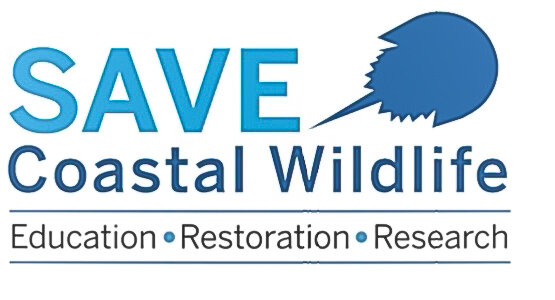Coastal Habitat Restoration
Volunteers Needed!
“When coastal wildlife habitat is negatively impacted, native plants and animals become threatened or endangered.”
The Problem
Habitat destruction is one of five global ecological pressures affecting the coast and ocean waters, along with fishing pressure, climate change (including ocean acidification), water pollution and the introduction of alien species or genotypes.
Habitat destruction and degradation are among our most serious environmental crises along the coast, causing species extinctions and threatening and causing stress to many remaining wildlife populations. It is estimated that every day between 1960 and 1995, over a mile of coastline was developed, causing permanent losses of valuable habitats, such as coastal wetlands.
The main causes for salt marsh loss have been residential, commercial, industrial or urban development; diking, filling, draining, road and bridge building, draining for mosquito control, introduction of exotic species, sea level rise and excessive level of nutrient run-off from land.
Destruction of salt marshes reduces the amount of carbon that is being actively stored and also releases large amounts to the atmosphere when marshes are destroyed. In addition the loss of salt marshes also decreases nursery areas and food supplies for commercially important fish and invertebrates, reduces coastal protection from flooding and erosion, harms biodiversity, impacts some touristic and recreational activities and reduces water quality.
Dunes and beaches are also dynamic ecosystems. Although to the casual observor, they appear somewhat barren landscapes of sand, in reality, they teem with life. Many coastal bird species depend on sand dunes and beaches. The federally threatened piping plover (Charadrius melodus), horned lark (Eremophila alpestris), and least tern (Sterna antillarum) use coastal sand dunes for breeding while the semi-palmated plover (Charadrius semipalmatus), semi-palmated sandpiper (Calidris pusilla), and sanderling (Calidris alba) use coastal sand dunes for migration or wintering habitat.
Unfortunately, as with many other unique coastal habitats, dunes have been tremendously impacted. Homes and businesses have been built to the edge of the sea. Where dunes remain, they have often been artificially stabilized by vegetation and fencing to prevent migration and impact to adjacent homes and businesses.
People make conservation happen!
All volunteers are required to fill out the volunteer waiver and release form before participating in any volunteer activity.
The solution to habitat loss is people getting involved to restore homes for wildlife. Help restore native plants and vegetation! Activities often include planting, watering, weeding, or spreading mulch. These planting parties typically occur in the spring or fall, with occasional summer weeding and planting opportunities. Tools and plants provided.
Volunteers help restore and preserve the natural areas along the coast. Habitat restoration is a proactive, hands-on way to revitalize damaged ecosystems and promote environmental health! Learn about the plants and animals found in our local creeks, dunes, wetlands, woodlands, and other natural landscapes. Activities often include planting, watering, weeding, or spreading mulch.
Public understanding and active participation in these processes is fundamental to restore critical habitat on public lands successfully.









